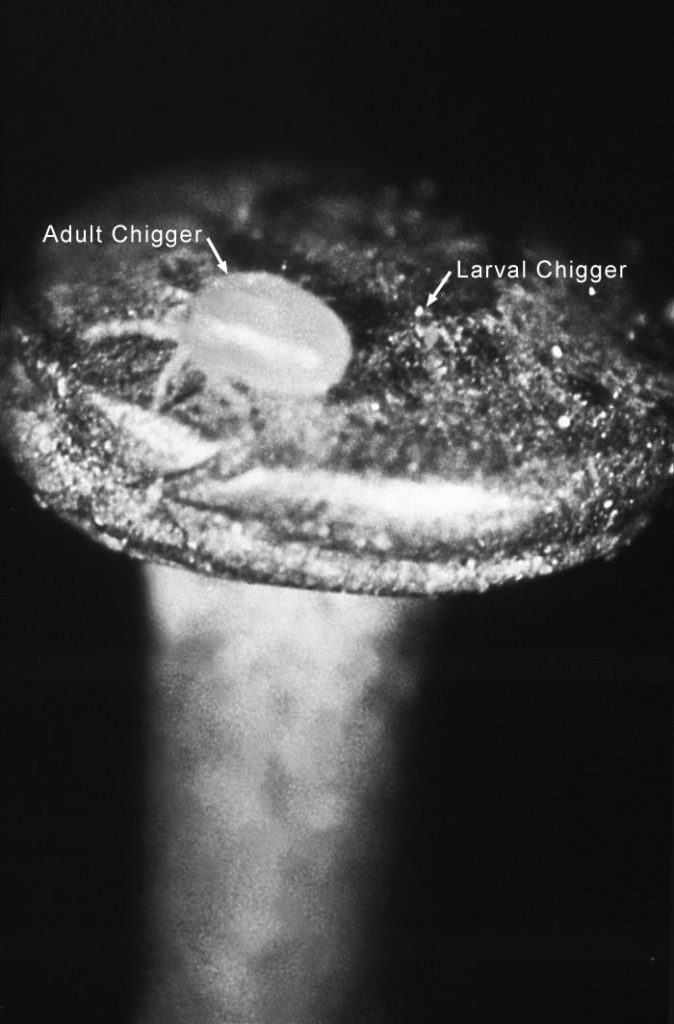Officials with the Ministry of Public Health (MOPH) are advising “jungle trekking” tourists to seek medical attention this winter season if they develop fever and headache due to the risk of two vector borne diseases–scrub typhus and malaria, according to a The Nation report.

Though the two diseases occur year-round, the numbers of cases rise during the winter season. Health officials report more than 2,000 scrub typhus cases since October, including two deaths. During the same period, some 500 malaria cases were reported.
Scrub typhus is a disease that is transmitted by chiggers. Chiggers like to stay at the tips of weeds, waiting for an opportunity to attach to passing humans or animals. Therefore, the chance of becoming infected with scrub typhus is much higher when people walk through bush areas. After being bitten by the chigger, an eschar will form over the bite, and the incubation period usually ranges from 9 to 12 days.
Subsequently, symptoms such as persistent fever, headache, sweating and swelling or inflammation of the lymph gland will begin to develop.
Search, Compare & Book a Flight today with Airfarewatchdog and Save Big!
After having had fever for about 1 week, a dark red papule will appear in the trunk, spread to extremities, and disappear after several days. If left untreated, the fatality rate of scrub typhus can be as high as 60%. If treated promptly, the fatality rate is less than 5%.
Scrub typhus kills at least 140,000 people a year in the Asia-Pacific.
Related:

